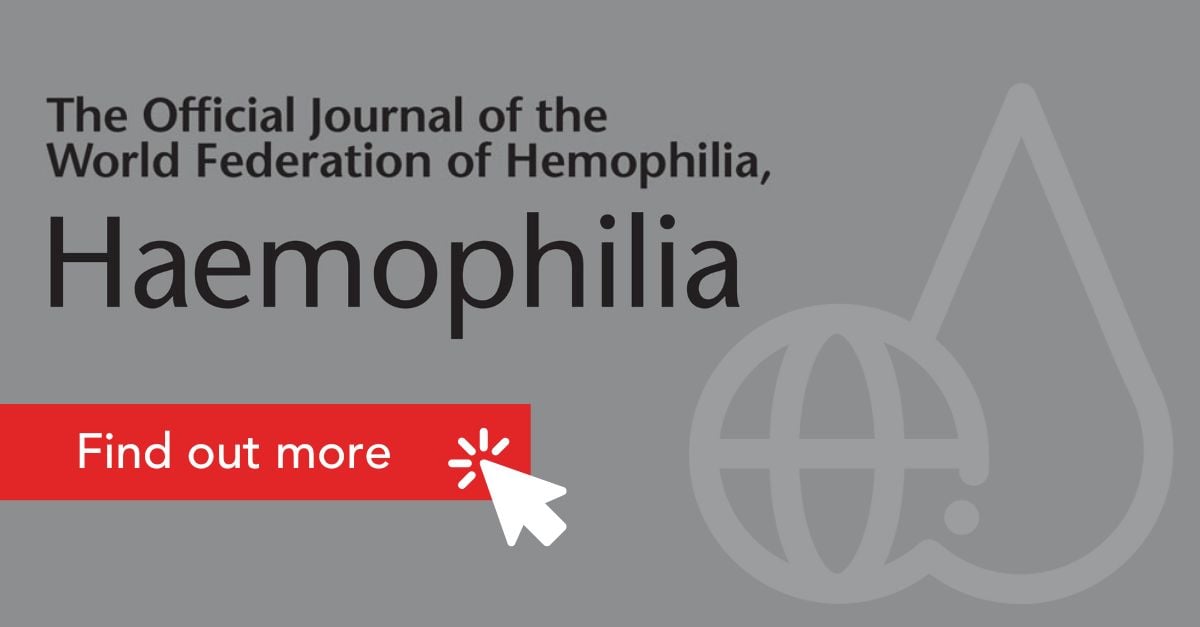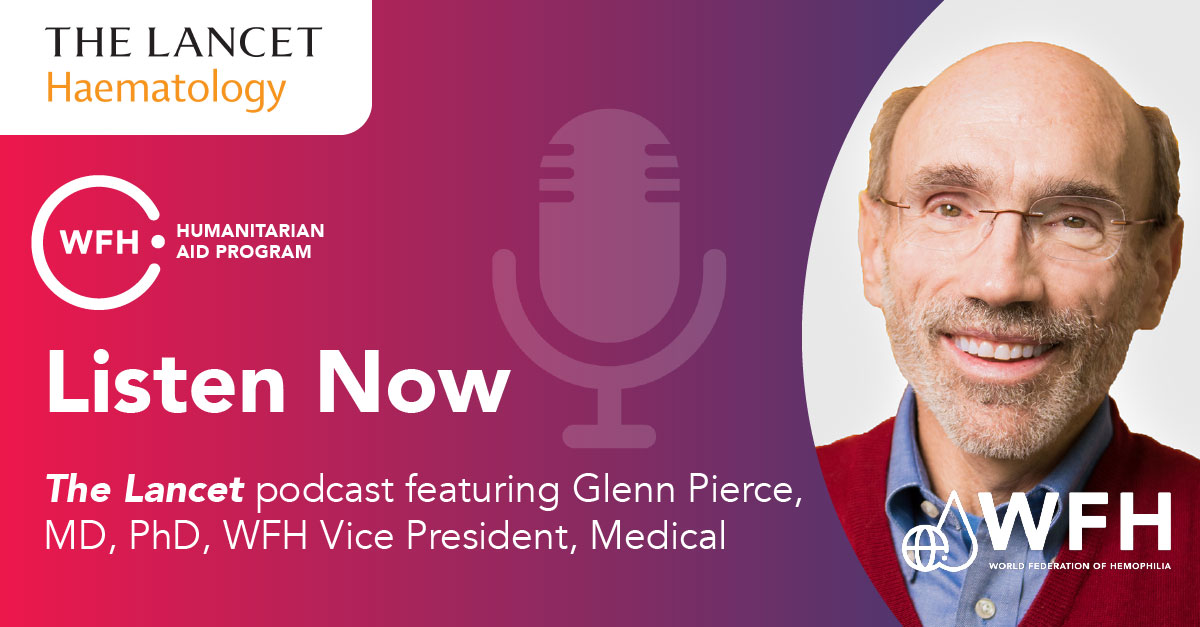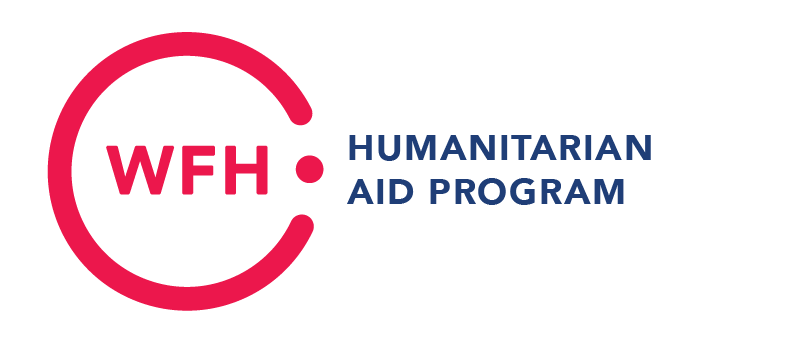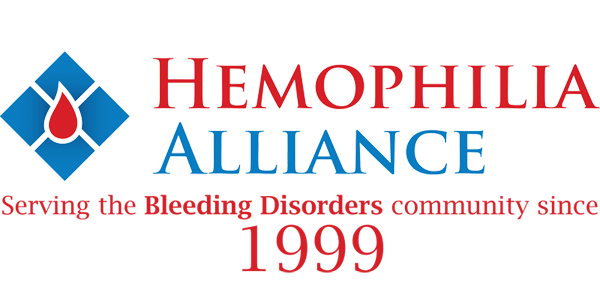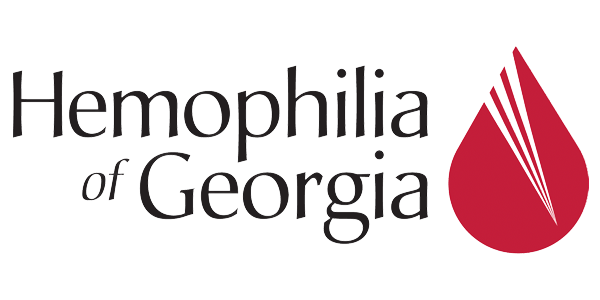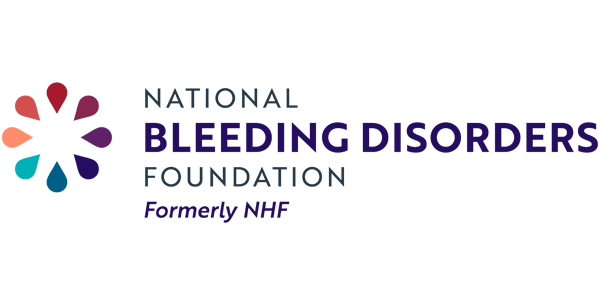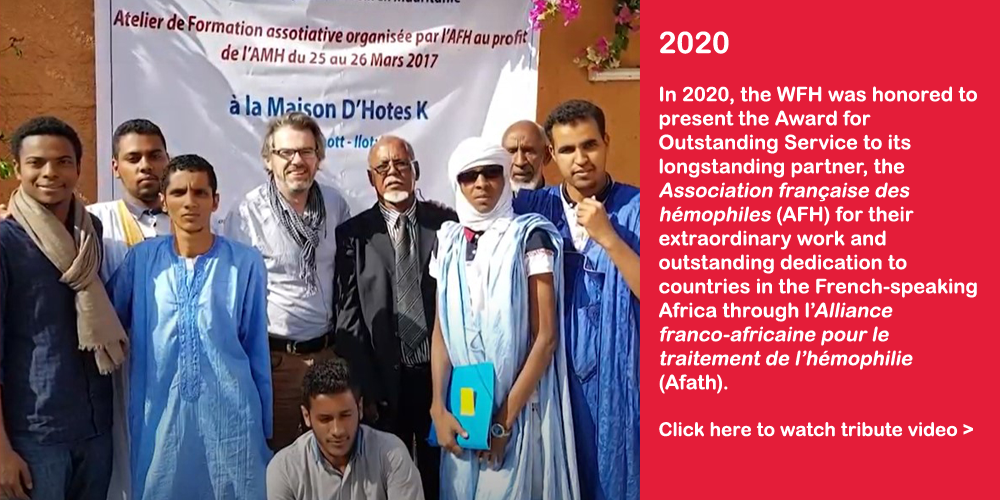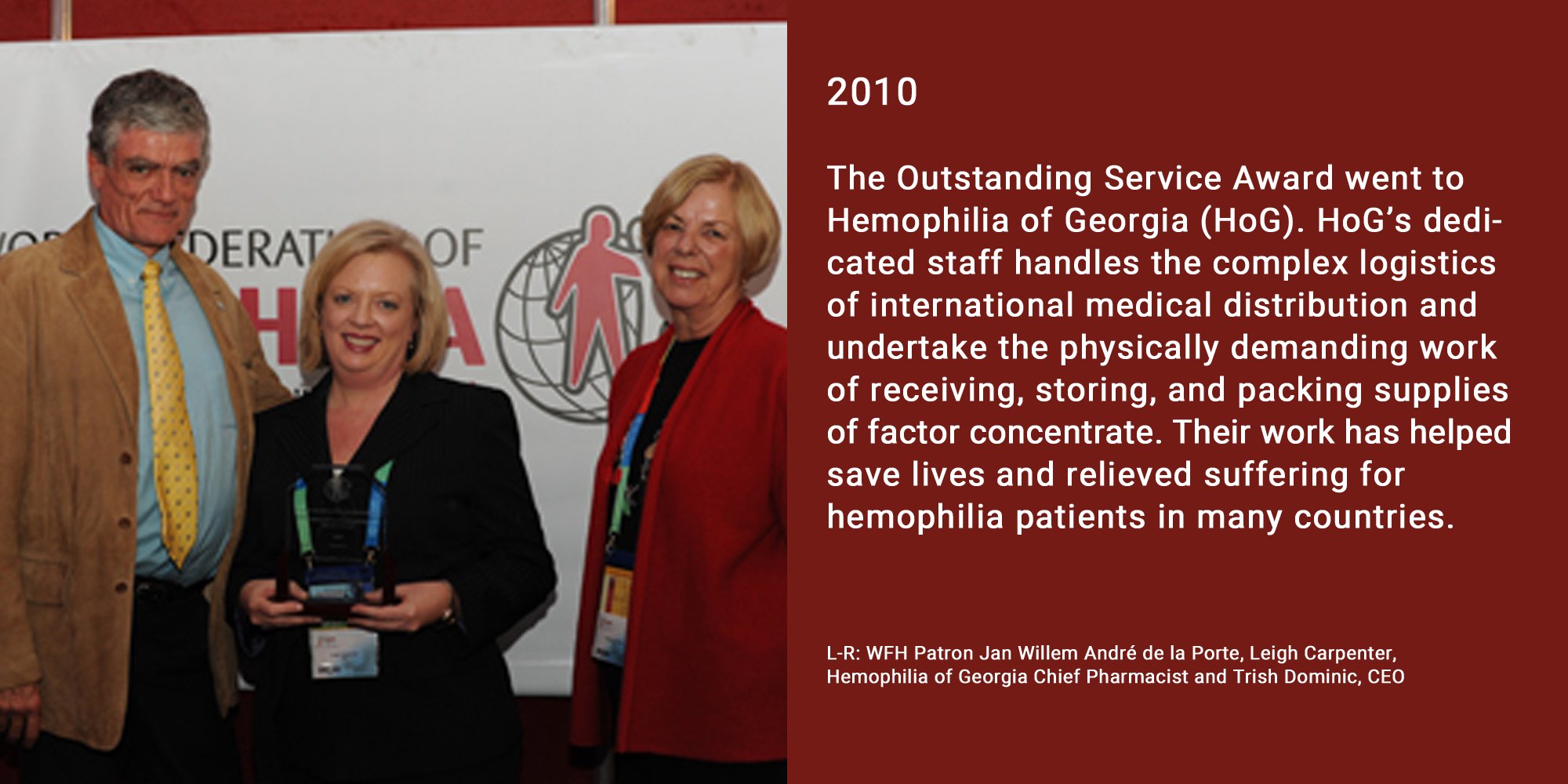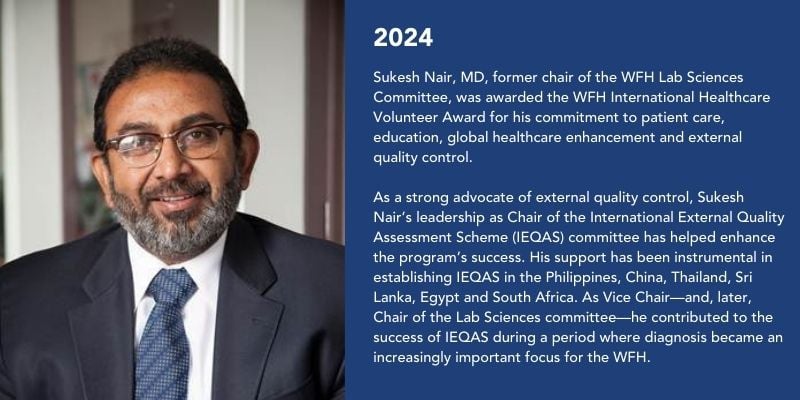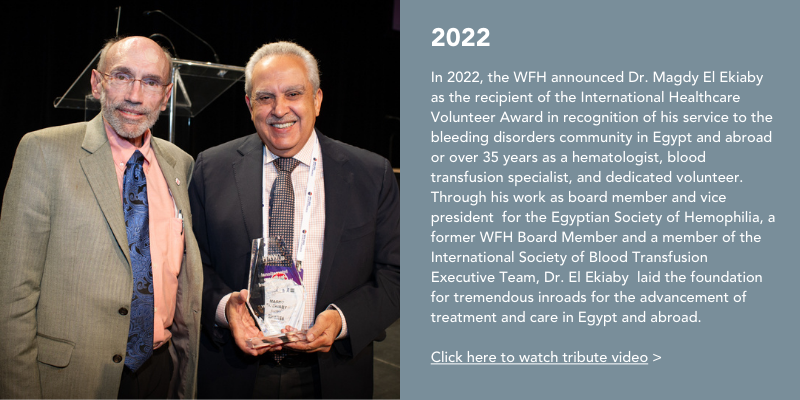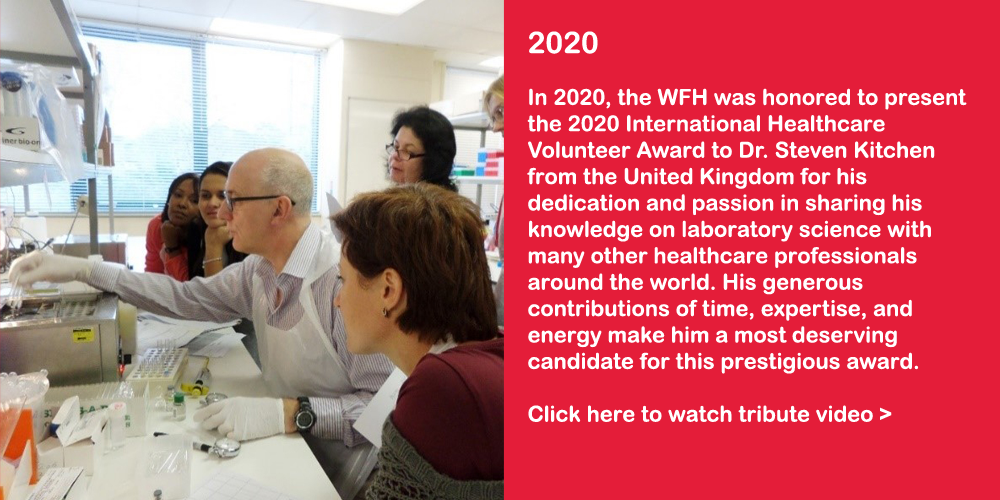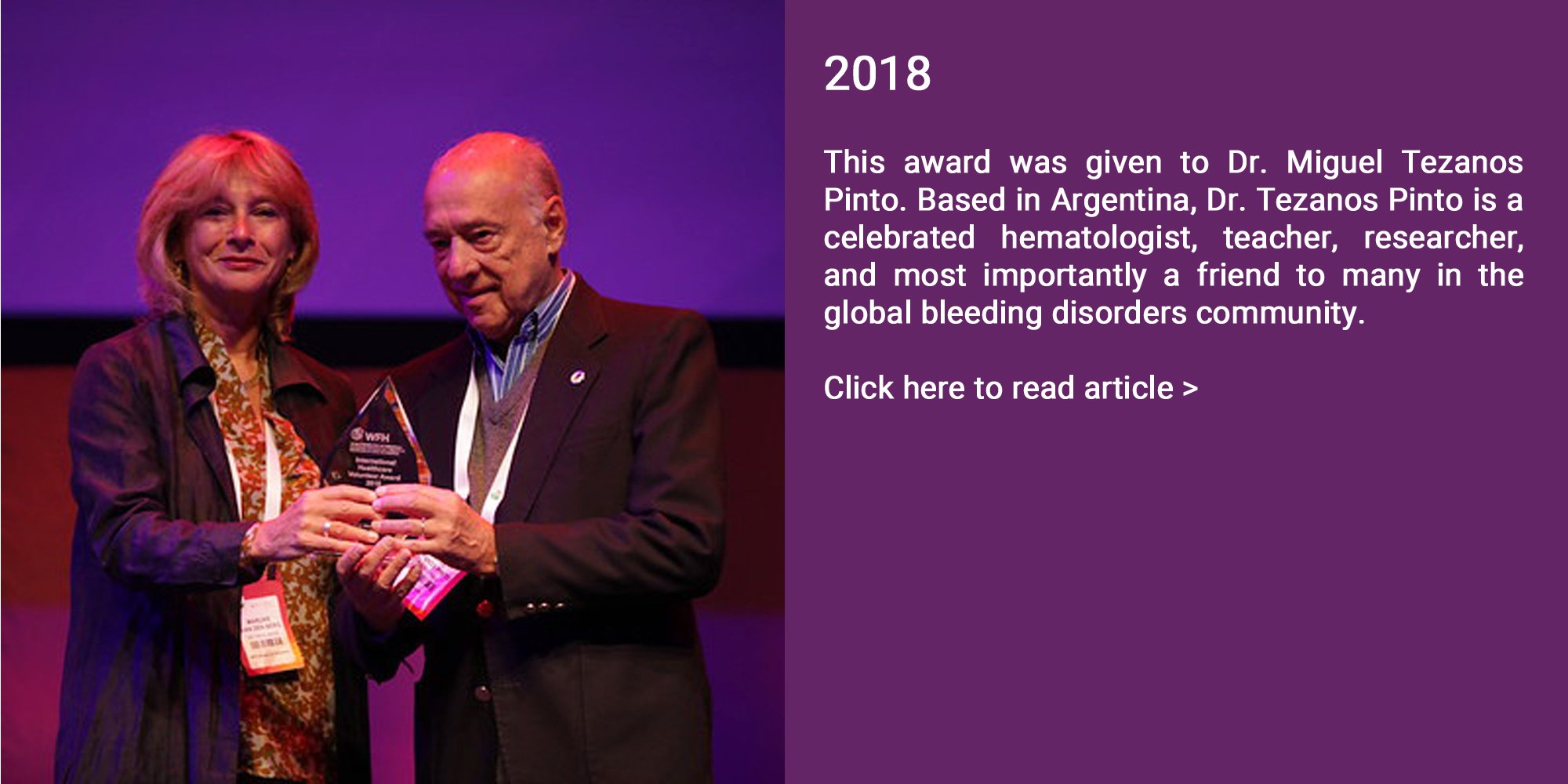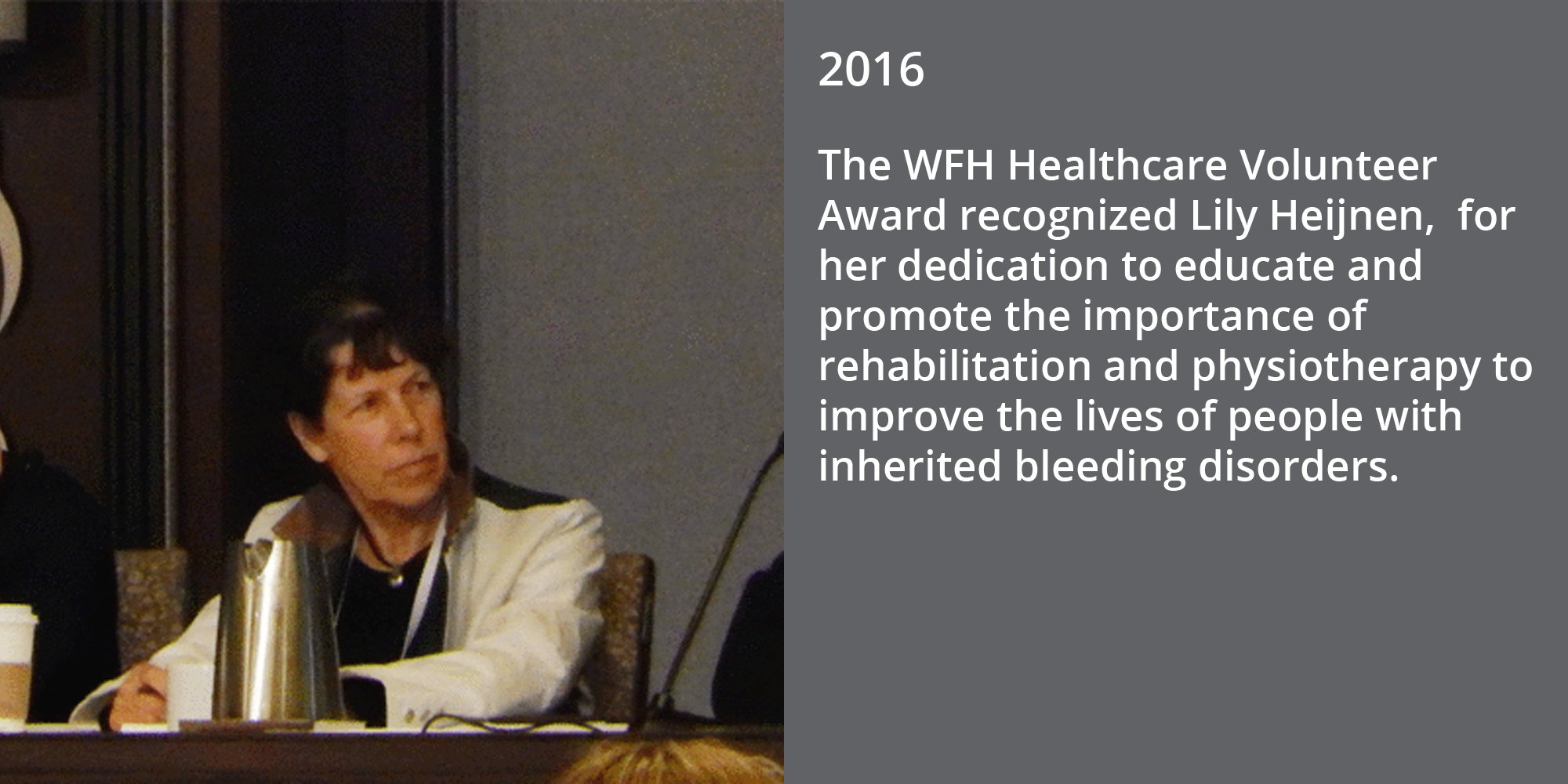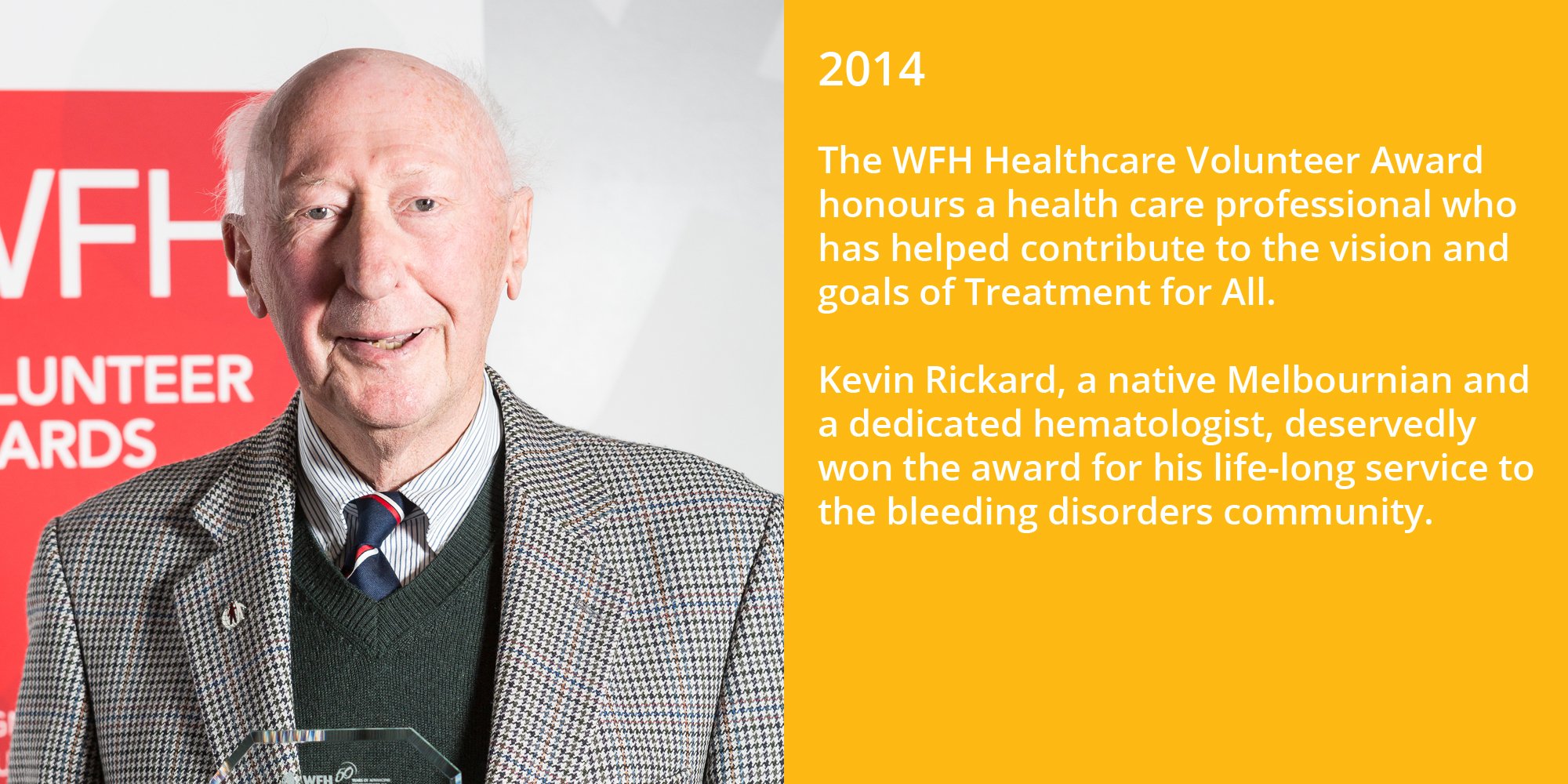On bleeding disorders in the world today
Life expectancy is very short for people with a bleeding disorder who live in low-income countries, with only 10% of the expected number of patients have been identified. This means that many people with a bleeding disorder (PWBD) are undiagnosed—often in remote areas or small villages—or have died before diagnosis. Even those who are fortunate enough to get treatment in low-income countries don’t have access to the state-of-the-art therapy available in high income countries, such as extended half-life products, prophylaxis, and non-factor replacement therapy. Another difficult reality is the fact that high- and high middle-income-countries only represent about 30% of the world’s population—but get most of the treatment product. This situation was the impetus for the launch of the WFH Humanitarian Aid Program, which grew from humble beginnings distributing short-dated product, to delivering about 300 million IUs of factor to people in need in 70 countries last year.
On the importance of prophylaxis
Prophylaxis is the global standard of care for hemophilia. This is the case because every bleed damages a joint, so even if a bleed is successfully treated as soon as it begins, the damage has already been done. Consequently, the best treatment is to prevent the bleed from happening in the first place—and the best way to achieve this is through prophylaxis. For children, prophylaxis means fewer bleeds, less joint damage, less missed school, and ultimately, greater educational and productivity outcomes.
On the challenges of the COVID-19 pandemic
The COVID-19 pandemic created many logistical challenges for the WFH Humanitarian Aid Program. For example, airports and borders were closed in many countries. Fortunately, the Program team was able to quickly pivot to deliver factor through different logistical options, and also offer training through webinars. These webinars were successful and allowed trainers to reach three times more people than though in-person meetings. In the future, a hybrid model will be used, where in-person and virtual meetings will complement each other and will be used to reach as many people as possible.
On the challenges related to diagnosis
A major hurdle in the bleeding disorders community is diagnosis, so a big part of the Program is ensuring that the diagnosis skill sets are there in labs, and the measuring instruments are available in labs. Because effective diagnosis is challenging—even for state-of-the-art labs in North America and Western Europe—consistent and ongoing training is key. Encouragingly, consistent work by the Program has helped diagnostic effectiveness increase globally. A crucial step now is to perform outreach and identification efforts in remote areas in low-income countries to find more PWBDs.
On women with a bleeding disorder
Women and girls have been neglected in the bleeding disorders community for decades. While it has been known for years that women can be hemophilia carriers, the community is only now starting to accept that some females have mild—or even severe—hemophilia. Getting a proper diagnosis can be difficult for these individuals because many doctors think it’s impossible for a girl or a woman to have hemophilia. The WFH has worked to correct this perception through different programs and events [notably the WFH Global Summit on Women & Girls with Bleeding Disorders], including in lower income countries.
On the future of treatment
In the near-term, the WFH Humanitarian Aid Program must continue supporting the global bleeding disorders community through education, training, and donations. Physicians and specialists must be given the tools to deliver the best possible care. Advocacy must also continue: governments need to be shown the long-term effectiveness of treatment, and in particular, prophylaxis. Long term, the solution is gene therapy.
On leveraging WFH successes in other therapeutic areas
There are a lot of monogenic diseases which don’t have treatments. For those that do, the treatments are expensive. This is similar to the case with hemophilia, so the approach that the WFH has taken in collaboration with pharmaceutical companies, and which has been very successful, could be adapted to these other diseases. This theme of costly therapy is a common one—but the pharmaceutical industry has shown it can overcome that challenge to some extent.
To listen to the podcast, “In conversation with…Glenn Pierce on haemophilia care in LMICs”, click here.
To read the full article in The Lancet Haematology, click here. To read a summary of the article, click here.
“Achieving access to haemophilia care in low-income and lower-middle-income countries: expanded Humanitarian Aid Program of the World Federation of Hemophilia after 5 years” was published in the in The Lancet Haematology and authored by the Humanitarian Aid Advisory Committee, composed of Glenn Pierce, MD, PhD, WFH Vice President Medical; Megan Adediran, WFH Lay Board Member; Saliou Diop, MD, Past WFH Medical Board Member; Amy Dunn, MD, WFH USA Board Member; Magdy El Ekiaby, MD, Past WFH Medical Board Member; Radoslaw F. Kaczmarek, PhD, Chair, WFH CPSSA Committee; Barbara Konkle, MD, WFH Medical Board Member; Steven Pipe, MD, Past NHF MASAC Chair; Mark Skinner, President and CEO, Institute for Policy Advancement Ltd.; Leonard Valentino, MD, NHF President and CEO; Fiona Robinson, PhD, Communications; George Ampartzidis, WFH Humanitarian Aid Logistics Manager; Jayson Martin, MD, WFH Humanitarian Aid Development and Training Manager; Assad Haffar, MD, WFH Medical and Humanitarian Aid Director.
About the WFH Humanitarian Aid Program
The WFH Humanitarian Aid Program improves the lack of access to care and treatment by providing much-needed support for people with inherited bleeding disorders in developing countries. By providing patients with a more predictable and sustainable flow of humanitarian aid donations, the WFH Humanitarian Aid Program makes it possible for patients to receive consistent and reliable access to treatment and care. None of this would be possible without the generous support of Sanofi and Sobi, our Founding Visionary Contributors; Bayer, CSL Behring and Roche, our Visionary Contributors; Grifols, our Leadership Contributor; and Takeda and Japan Blood Products Organization, our Contributors. To learn more about the WFH Humanitarian Aid Program, visit www.treatmentforall.org
